How to Join Yarn In Crochet: 3 Easy Guides
Have you ever found yourself in the midst of a crochet project only to realize you’re running low on yarn? Or maybe you’re looking to switch to a different color for your project?
Whatever the case may be, mastering the art of joining yarn in crochet is a crucial skill.
This technique allows you to seamlessly continue your project without any noticeable breaks or knots. One popular method for joining yarn is the magic knot.
This involves tying a knot between the old and new yarn, then weaving in the ends to conceal the knot.
Another method is simply tying a knot and weaving in the ends, but this can sometimes result in a bulky or noticeable knot in your project.
If you’re new to joining yarn in crochet, there’s no need to worry! There are plenty of resources available to help you learn.
From step-by-step tutorials to video demonstrations, you’ll be able to find a method that suits you and your project best. So grab a new ball of yarn and let’s get started!
Table of Contents
Yarn Knots
This may be the easiest method, but do note it can create a bulky knot that you may see when you finish your crochet project.
The Weaving Method
This technique requires intertwining the ends of the old and new yarn, resulting in a seamless transition, but it may take some time to complete.
The Russian Join Technique
This method creates a very strong joint that looks like it is 1 single yarn, but it can be tricky to master and will need some practice.
The Magic Knot Method
This method creates a knot that is virtually invisible, but it can be difficult to accomplish if you are using a slippery yarn.
Choosing the Right Type of Yarn
When selecting a new skein of yarn to incorporate into your project, it’s essential to take into account the nature of your project and the characteristics of the yarn.
Certain yarns are better suited for specific projects and joining techniques than others.
For instance, if you’re undertaking a larger project such as a blanket or sweater, opting for yarn available in larger skeins can help minimize the number of joins required.
When working with a slippery yarn, it’s advisable to select a joining method that yields a highly secure join, such as the Russian Join Technique.
By familiarizing yourself with the fundamentals of yarn joining techniques and making informed choices regarding the type of yarn for your project, you can ensure a tidier appearance and a more seamless crocheting experience.
How to Join Yarn In Crochet

Crochet projects frequently involve the need to join yarns together. Whether you’re introducing a new color (i.e. different color yarns) or transitioning to a new skein of yarn, understanding how to join yarn in crochet is crucial.
Here’s a detailed guide to assist you in doing it correctly for a smooth transition and a very strong join.
Joining at the End of a Row
Upon reaching the end of a row, it becomes necessary to join the new yarn. Here’s the process:
- Complete the final stitch using the last yarn.
- Trim the old yarn, leaving a small yarn tail.
- Tie a knot using the tail of the old yarn and the end of the tail of the new yarn to create a joined yarn.
- Insert your hook into the next stitch with the new yarn and resume crocheting.
Joining Yarn in the Middle of the Row
If you find yourself needing to join the new yarn in the middle of a row, simply follow these steps:
- Cease crocheting with the old yarn and trim it, leaving a small yarn tail.
- Tie a knot using the tail of the old yarn and the end of the new yarn.
- Insert your hook into the next stitch with the new yarn and resume crocheting.
Adding a New Color
Incorporating a new yarn color can add captivating designs to your crochet projects. Here’s our favorite way on how to achieve it:
- Complete the final stitch with the old color.
- Trim the old working yarn, leaving a small yarn tail.
- Tie a knot using the tail of the old yarn and the end of the new yarn.
- Insert hook into the next stitch with the new color and resume crocheting to your next row.
Various projects may call for different yarn joining methods. For tapestry crochet or scrappy projects, you might prefer weaving in the yarn ends as you progress.
For other project types, you may opt to knot the yarn ends together and then weave them in at the project’s last stitch.
When joining yarn, it’s crucial to use the same type and weight of yarn to maintain a consistent and professional appearance. With these straightforward steps, you can effortlessly join yarn in crochet and craft stunning designs with different colors.
Yarn Tails
When you join a new skein of yarn in crochet, you’ll have yarn tails that require attention. These tails can be unsightly and disruptive to your work.
To address this, you can use a yarn needle to weave in the ends of the yarn tails. This will result in a tidier appearance for your project and prevent the yarn tails from becoming tangled or snagged.
For larger projects, it’s essential to weave in the ends of the yarn tails as you progress. This approach will save you time and effort in the long run, as you won’t have to manage a large number of ends at the project’s conclusion.
If you’re a visual learner, we’ve found a video tutorial that guides you through the process of joining yarn in crochet.
Whether you’re executing a color change or seamlessly joining two skeins of yarn, you can utilize the various techniques mentioned above. Simply choose the method that best suits your preferences.
Crochet Patterns

Here are some of the favorite patterns our community loves. We add new crochet patterns weekly, so make sure you are on our email list and checking your emails.
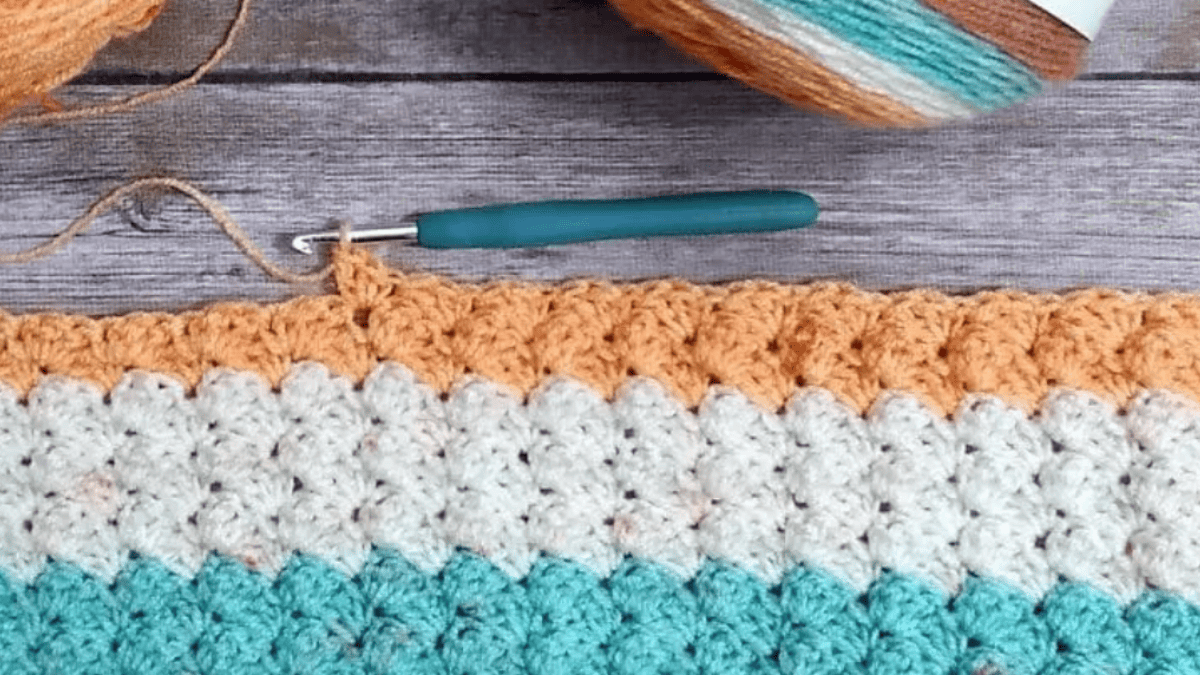

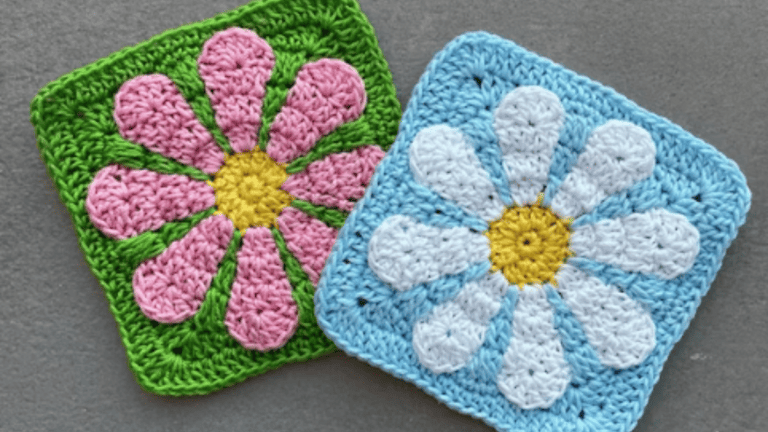
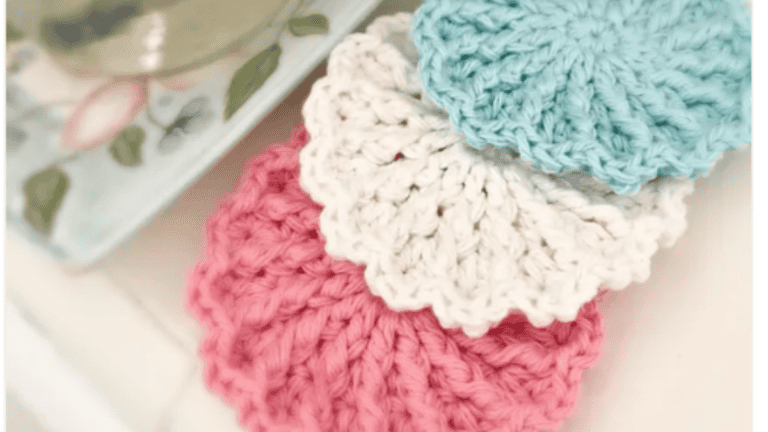
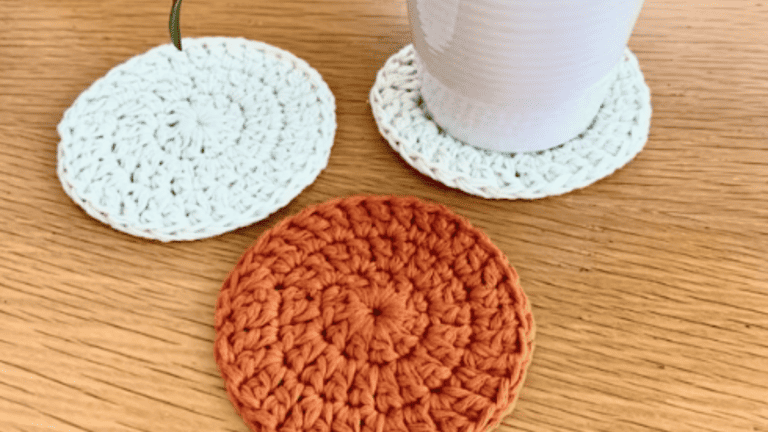
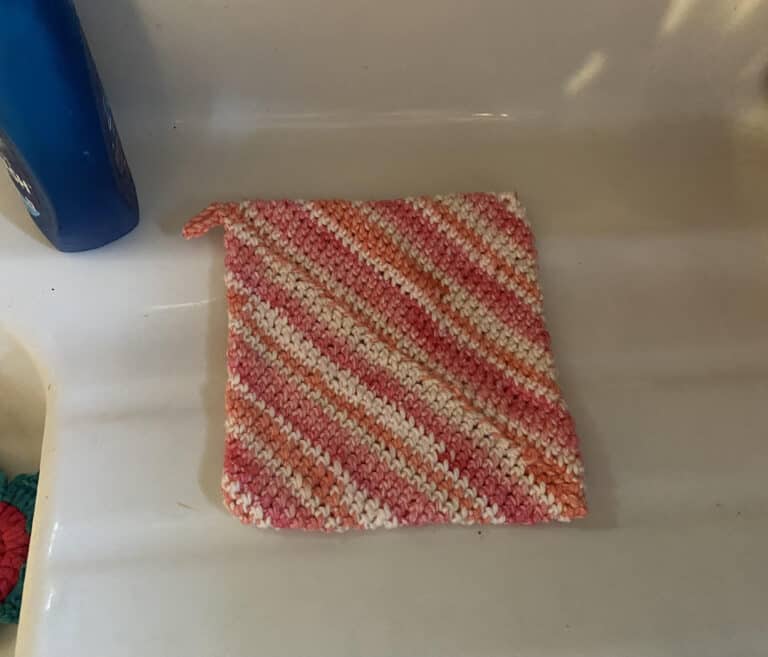

One Comment